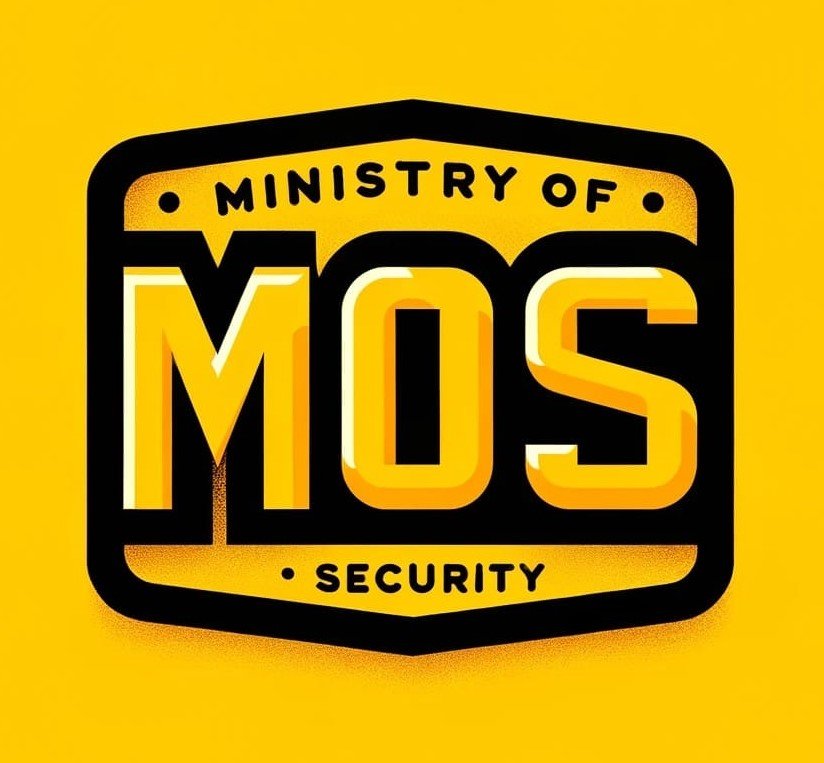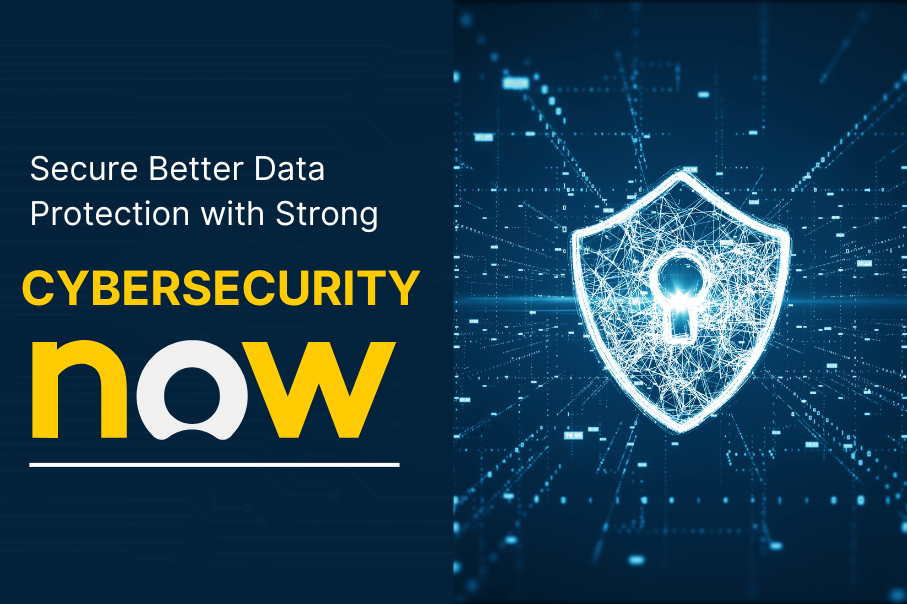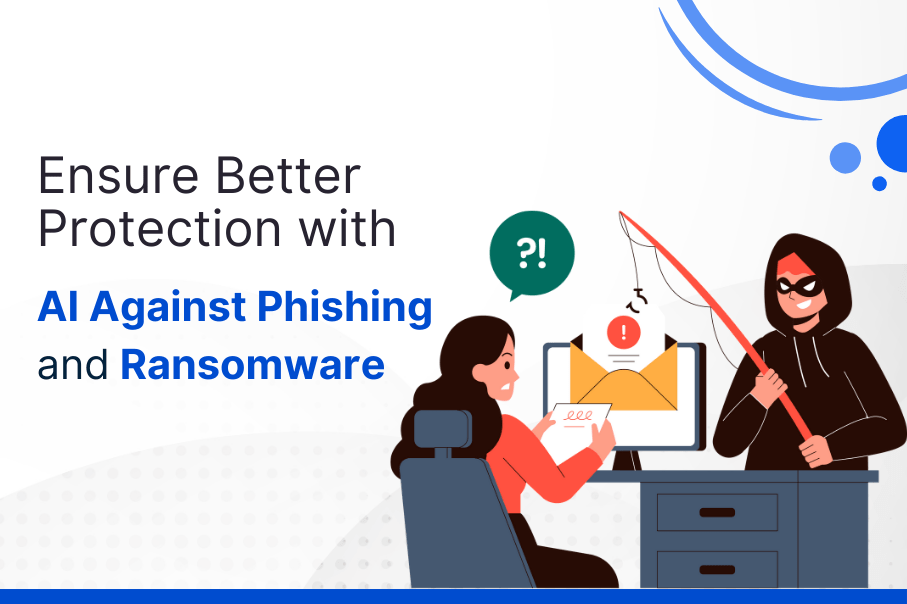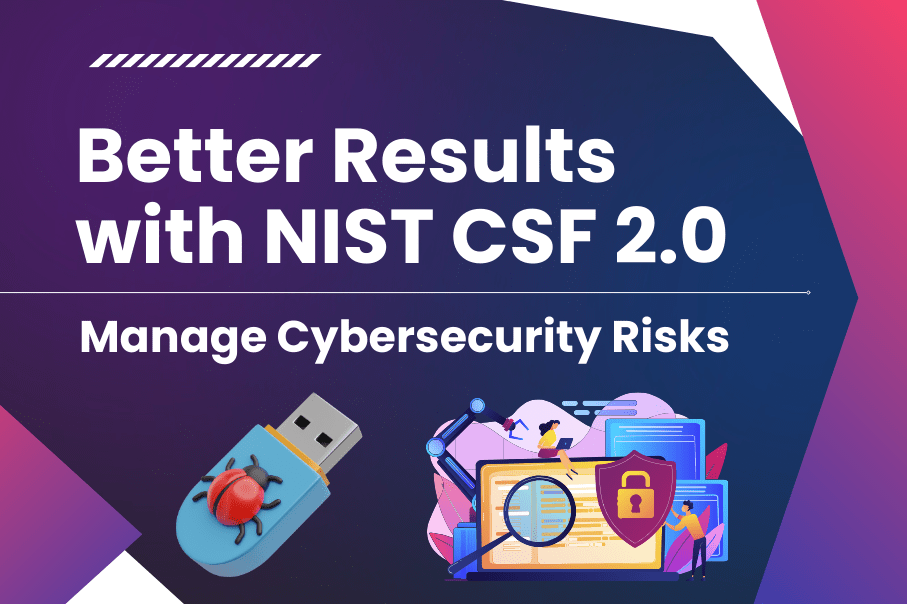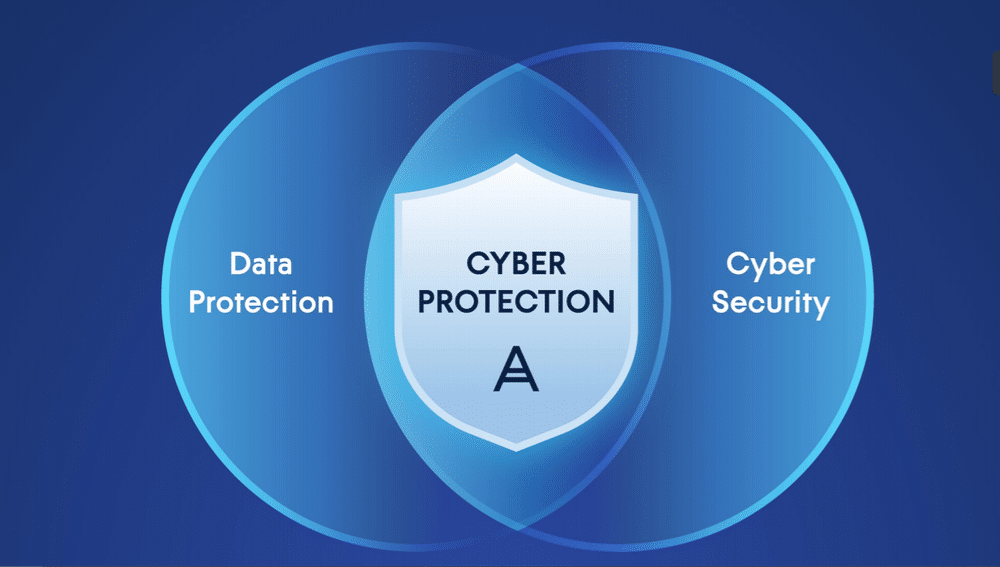In the rapidly evolving digital landscape, where data breaches have become alarmingly common, traditional security models are struggling to keep pace. For years, the “trust but verify” approach served as the cornerstone of cybersecurity. Networks were designed with a perimeter mindset, assuming that threats were primarily external. Once inside the network, entities were often trusted implicitly. However, as the frequency and sophistication of cyberattacks have grown, this approach has shown its limitations.
The rise of Zero Trust Architecture (ZTA) marks a fundamental shift in how we think about data protection and security, and it’s a shift that couldn’t have come at a better time. As businesses and IT professionals seek better ways to safeguard their systems, the demand for specialized knowledge, such as a security testing course, has increased, ensuring that teams are equipped to handle modern threats effectively.

What is Zero Trust Architecture?
Zero Trust is a security framework that operates on the principle of “never trust, always verify.” Unlike traditional models, which assume that anything inside the network is safe, Zero Trust assumes that threats can come from anywhere—inside or outside the network. This mindset transforms how security is managed, making verification, authentication, and access control central to every interaction.
The idea behind Zero Trust is simple: Don’t automatically trust anything, whether it’s inside or outside your network. Every request to access resources must be authenticated, authorized, and encrypted, regardless of where it originates. This approach drastically reduces the potential for unauthorized access, even if an attacker manages to breach the network perimeter.
Why Traditional Models Are Failing
The traditional perimeter-based security model worked well when networks were more straightforward, typically confined to on-premise environments. But in today’s interconnected world, with cloud computing, remote work, and mobile devices, the concept of a defined perimeter has all but disappeared. Data is now spread across various environments—on-premises, in the cloud, on personal devices—making it harder to secure.
Moreover, insider threats have become a significant concern. Whether through malicious intent or human error, employees can inadvertently expose sensitive data. The traditional model’s assumption that those inside the network are trustworthy is no longer tenable. This is where Zero Trust’s “verify everything” approach shines.
How Zero Trust is Reshaping Data Protection
Zero Trust Architecture fundamentally changes how organizations approach data protection. Here’s how:
- Strict Identity Verification
- In a Zero Trust model, identity is everything. Every user, device, and application must be authenticated before being granted access to network resources. Multi-factor authentication (MFA) becomes a standard practice, adding an extra layer of security that goes beyond simple passwords.
- Least Privilege Access
- Zero Trust enforces the principle of least privilege, which means users only have access to the data and systems they need to perform their jobs—nothing more. This minimizes the potential damage if a user account is compromised, as the attacker’s access will be limited.
- Micro-Segmentation
- Instead of relying on a single, overarching network, Zero Trust breaks the network into smaller, isolated segments. Each segment has its own security controls and policies. This way, even if one segment is breached, the rest of the network remains protected.
- Continuous Monitoring and Analytics
- Zero Trust doesn’t stop at the point of access. Continuous monitoring of user activity and network traffic is a core component. Using advanced analytics and AI, unusual behavior can be detected in real-time, allowing for immediate response to potential threats.
- Data-Centric Security
- With Zero Trust, the focus shifts from securing networks and devices to securing the data itself. Encryption, both in transit and at rest, becomes mandatory. Access to data is tightly controlled, monitored, and logged, ensuring that sensitive information is protected at all times.
The Benefits of Zero Trust in Data Privacy
The shift to Zero Trust brings numerous benefits, particularly in enhancing data privacy:
- Reduced Attack Surface: By limiting access to only what’s necessary, Zero Trust minimizes the potential points of entry for attackers.
- Improved Compliance: Regulatory frameworks like GDPR and CCPA place stringent requirements on data protection. Zero Trust’s emphasis on access control, encryption, and monitoring helps organizations meet these requirements more effectively.
- Enhanced User Confidence: As data breaches make headlines, customers are increasingly concerned about how their data is handled. Implementing Zero Trust can help build trust by demonstrating a proactive approach to data protection.
Challenges and Considerations
While Zero Trust offers significant advantages, it’s not without its challenges. Implementing Zero Trust requires a cultural shift within an organization, along with significant investment in technology and training. Organizations must be prepared to rethink their existing security infrastructure and processes. Additionally, the constant verification and monitoring inherent in Zero Trust can introduce latency and affect user experience if not carefully managed.
Conclusion: Embracing the Future of Data Privacy
Zero Trust is more than just a buzzword—it’s a necessary evolution in cybersecurity. As the digital landscape continues to expand and threats become more sophisticated, organizations must adapt to protect their most valuable asset: data. By adopting Zero Trust Architecture, businesses can not only safeguard their networks but also build a foundation for sustainable, long-term data privacy.
In the age of data breaches and cyber threats, trust is no longer a given. It must be earned, verified, and constantly maintained. Zero Trust provides the framework to do just that, ensuring that privacy and security are at the core of every digital interaction. To support this shift, professionals are turning to cyber security testing courses to stay updated on the best practices and techniques to ensure comprehensive protection in the digital age.
Click below to join our exclusive infosec community
